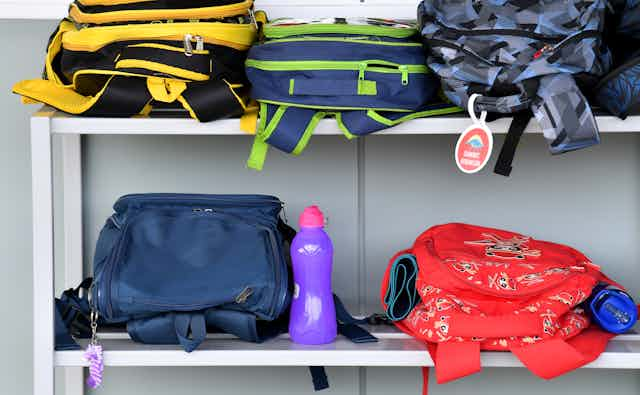Earlier this month, a Senate inquiry recommended Australian students get specific lessons in how to behave.
Following concerns about increasing levels of disruptive behaviour in Australian schools at both primary and high school levels, the inquiry wants to see:
the explicit teaching of behaviour [as a] vital component of the Australian Curriculum.
This would mean behaviour would be part of the curriculum just like English, maths and science. Is this a good idea? What might it involve?
What was recommended?
The Liberal-chaired Senate’s education committee has been looking at school behaviour this year. In December, it released an interim report (a final report is due in February).
It recommended a behaviour curriculum
to help students understand their school’s behavioural expectations and values.
This would be for students from the first year of schooling to Year 10. It would be developed by the Australian Curriculum, Assessment and Reporting Authority (which develops the existing curriculum and also administers NAPLAN testing).
What could we see in a behaviour curriculum?
The Senate committee explained the intent behind a behaviour curriculum is not to “dictate a list of unwanted behaviours” but
represent the essential habits and routines that are conducive to learning in a school environment.
Learning routines and school values can be the glue holding effective teaching and learning in place.
Learning routines are the processes students engage in across the school day, such as entering and exiting the class, getting started on independent work and participating in whole-class activities and teaching.
A behaviour curriculum could describe the routines necessary to support classroom success. It could also include more detail about the specific skills or steps making up a broader routine. For example, arriving at class before the lesson start time and with the required learning materials is a routine comprised of multiple smaller skills that can be supported and developed.
Values like “respect” or “responsibility” are abstract concepts. Students can potentially have very different ideas and experiences of how a value may look or sound like.
A behaviour curriculum could also provide teachers with clear language to define these along with and concrete examples to help teach them within the normal routines of the classroom.
Potential benefits
Teachers told the Senate inquiry about having problems with too much talking and not enough listening in class and students not showing respect to teachers and peers.
Establishing clear and consistent routines in class has been shown to reduce disruption and enhance learning.
So far, Australian teachers do not have a clear breakdown of these routines as well as how to teach, prompt and provide positive feedback to students for engaging in these routines. A curriculum could help with this.
A behaviour curriculum could also help teachers see behavioural skills are teachable skills like academic skills. That means they are something students can be taught and learn, using evidence-based approaches.
A behaviour curriculum could also promote consistency. Teachers and school leaders (including principals) could use a behaviour curriculum to identify key values, routines and underlying skills to be taught across the school. This could reduce the pressure on individual teachers and support shared planning and resourcing.
A behaviour curriculum may also support teachers to identify and address underlying challenges or causes of disruptive behaviour. For example, disruptive behaviour may indicate a task is too hard and a student needs more academic support as and teaching to enhance their communication skills.
Read more: Vaping and behaviour in schools: what does the research tell us?
Potential risks
There is a risk a behaviour curriculum will end up presenting a simple solution to a very complex problem.
It could also present an overly narrow view of what student “behavioural success” can look like in class. It is possible descriptions of routines and how to teach them may not match the needs of students with disability, additional learning support needs, or diverse cultural or linguistic backgrounds.
For example, making eye contact with a speaker could negatively affect an autistic student’s ability to engage with the learning.
There is also a risk a behaviour curriculum could end up being used as a list of rules or expectations used to discipline students, rather than guide teachers to teach skills that support learners to succeed.
While students need to comply with rules and expectations in a classroom, research shows positive approaches (such as those that build students’ social and behaviour skills and focus on positive reinforcement) are more effective than disciplinary measures.
We also need more than a behaviour curriculum
A behaviour curriculum must serve students first. It should ultimately help teachers build students’ skills that enable them to succeed with their learning, work effectively with their peers and develop as independent citizens.
But even a well-developed behaviour curriculum will not fix disruptive classrooms on its own.
It needs to be implemented alongside school-wide approaches that support teachers to deliver evidence-based academic and social learning in their classrooms.
This way, the behaviour support will enable students to engage in work they are able to do, in an environment where they feel like they belong.

